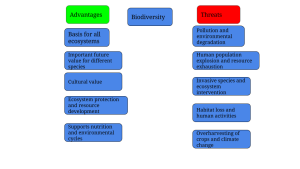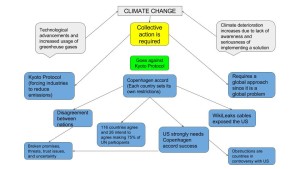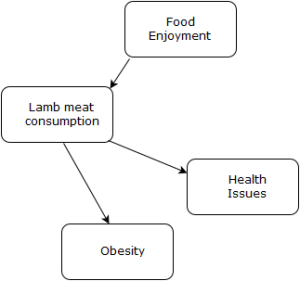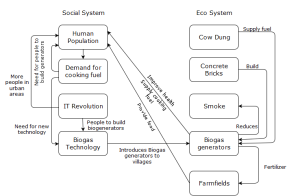Learning Activity:
1) Create a system diagram that shows the importance of biodiversity and its vital relationship with the food chain.
2) Explain in brief some advantages of biodiversity and the major factors that are a threat to Biodiversity (H.I.P.P.O).
3) Coming to a more local scope, throw some light on the biodiversity in any area that you have lived in for at least 2 years. You may want to include some species and the how the importance of biodiversity is significant even at a local level.
Biodiversity is really important for every being in the ecosystem. Just as it is explained, each species is like a Jenga block in the tower (food chain). Every species is dependent on other species and this is one major reason why biodiversity is very important. Examples include the colony collapse disorder. Biodiversity is the basis of every ecosystem where all components rely and depend on the concept of biodiversity. Coral reefs which are “hotspots” in the oceans are classic examples of how biodiversity matters but it is not seen directly. Regarding the threats to biodiversity, H.I.P.P.O. refers to Habitat loss, Invasive species, Pollution, human Population, and Overharvesting. These are the broad areas of threat that are associated to biodiversity. Habitat loss is caused by activities such as climate change, human interventions such as mining, deforestation, etc. Invasive species are those species that disturb the food chain of an ecosystem by affecting a particular species so as to disrupt the whole food chain. The third area, which is pollution, affects the environment of a particular place, which in turn affects the well-being of different species in the area and this again causes disruptions in biodiversity. Human population is a very indirect cause. This is because the rising of human population causes the rise in demand of resources and land. This is done at the expense of other species. Thus, this also causes loss of biodiversity. Finally, overharvesting refers to the over usage of land and resources which declines their productivity causing a permanent loss of the area which was productive along with the loss of biodiversity. This was an introduction to biodiversity and the threats associated with biodiversity.
The place I choose to write about is Libya, where I come from. I have lived there for about 20 years. Coming to main content, biodiversity is very rich in Libya. Libya has been a famous spot for tourists and one of the reasons is biodiversity. Libya has many forests and several animals that live only in that region such as the Barbary lion and Dama gazelle. Agriculture in Libya is also diverse. Libya produces wheat, barley, pulses, vegetables, fruits and olive oil. Libya’s self-sufficiency for vegetables and fruits is more than 92% which attests for the large variety of plants it has. Being a part of the Sahara desert, Libya is also famous for palm trees and dates. Libya has about 393 varieties of date palm trees. Libya is therefore a very rich country in its biodiversity and once again, the importance of biodiversity comes into focus as all the members in a food chain are dependent on other species. Thus, biodiversity even matters on a local scale.
Sources:




